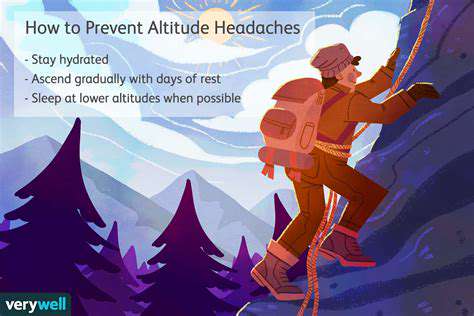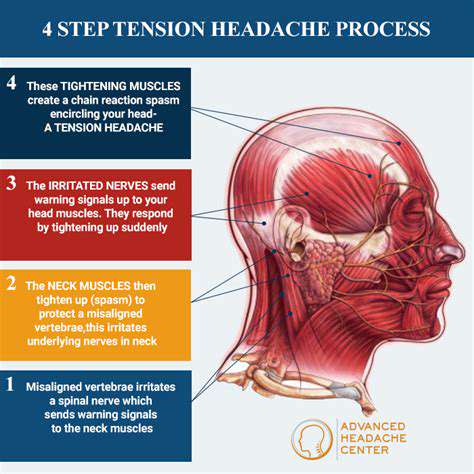HTML
CSS
Altitude Sickness
Health and Wellness
Styling
صداع مرض ارتفاعات: الوقاية والتخفيف
تعرف على أعراض الصداع المرتبط بالارتفاع
فهم أساسيات صداع الارتفاع
يعد صداع الارتفاع من الأعراض الشائعة لمرض ارتفاعات، غالبًا ما ينتج عن انخفاض ضغط الجو ومستويات الأكسجين في الارتفاعات العالية. يمكن أن يتراوح هذا الصداع من المعتدل إلى الشديد و يُعَرَف بـ...
استراتيجيات للوقاية من الصداع المرتبط بالارتفاع

تقنيات التكيّف
Read more about صداع مرض ارتفاعات: الوقاية والتخفيف
تمارين للعين لتقليل الصداع المرتبط بتعب العين
May 13, 2025
مراحل نوبة الصداع النصفي: ما الذي يجب توقعه
Jun 05, 2025
فهم الصداع الناجم عن الإفراط في استخدام الأدوية (صداع الارتداد)
Jun 06, 2025
اختبار حساسية الطعام للصداع النصفي: هل يستحق العناء؟
Jul 05, 2025
فوائد الريبوفلافين (فيتامين ب2) في الوقاية من الصداع النصفي
Jul 09, 2025
تحكم في آلام الصداع النصفي: خطوات استباقية لإدارتها
Jul 13, 2025
إيجاد الأمل وتحسين الرفاهية في رحلتك مع الصداع النصفي
Jul 17, 2025
استخدام القبعات أو الضمادات الباردة لتخفيف آلام الصداع النصفي الحادة
Jul 22, 2025











